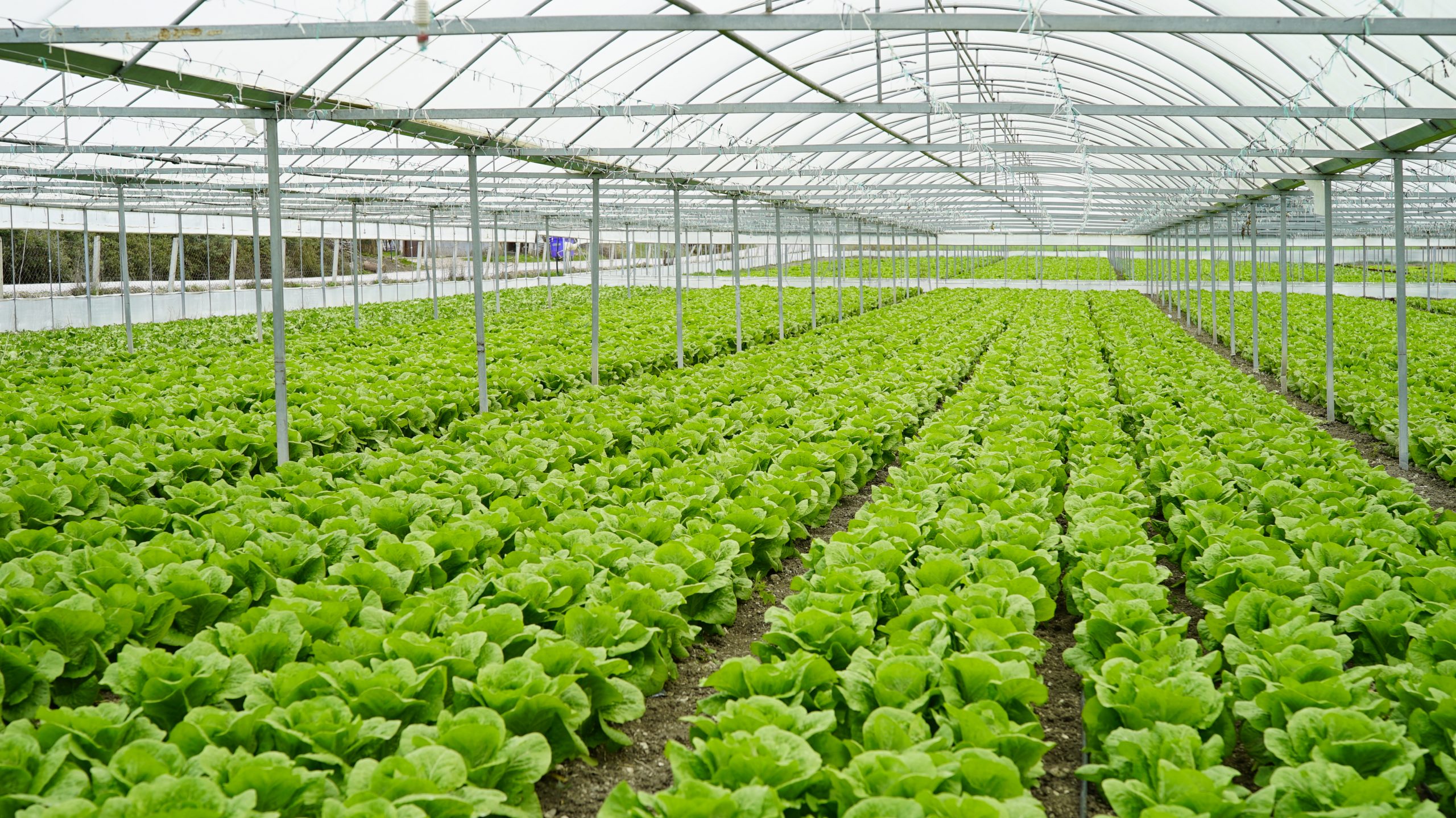Carbon dioxide is an essential component of photosynthesis, and CO2 levels in a greenhouse can affect the growth rate of plants. Ambient air contains 340 ppm CO2, and plants in an enclosed greenhouse can quickly deplete the levels below that, which slows growth. On the other hand, CO2 levels of around 1,000 ppm can increase photosynthesis by about 50% over ambient carbon dioxide levels, allowing the plants to create more sugars and carbohydrates to stimulate growth. The level of CO2 supplementation that is most beneficial depends on the plant, light levels, temperature, ventilation, and stage of growth, but for most plants levels of 1,000 to 1,300 ppm is the ideal.
Elevated CO2 levels may also create a hazard inside of greenhouses. Above 2,000 ppm the amount of CO2 in the air can cause headaches, drowsiness, and loss of coordination in personnel, and at 5,000 ppm and above toxicity or oxygen deprivation can occur. Leakage from gaseous or liquid CO2 tanks can also quickly create this condition if they are in an enclosed area, and leakage from tanks containing propane, natural gas, or other fuels which are sometimes burned to produce the CO2 required may also create a dangerously anoxic environment.
Southland Sensing manufactures a series of ambient air monitors which can be used for greenhouse applications. The OMD-351-O2-CO2 features sensors for both oxygen and carbon dioxide, to ensure the levels of CO2 are ideal for your plants and don’t venture into dangerously high levels, and ensure that the oxygen levels stay safe for humans as well. The OMD-351-O2 can be used to monitor the area around gas storage tanks and can help warn personnel if O2 levels dip dangerously low. Both feature visual, audible, and relay contact alarms, as well as an integral battery backup to ensure safety even in the event of a power blackout or brownout.

